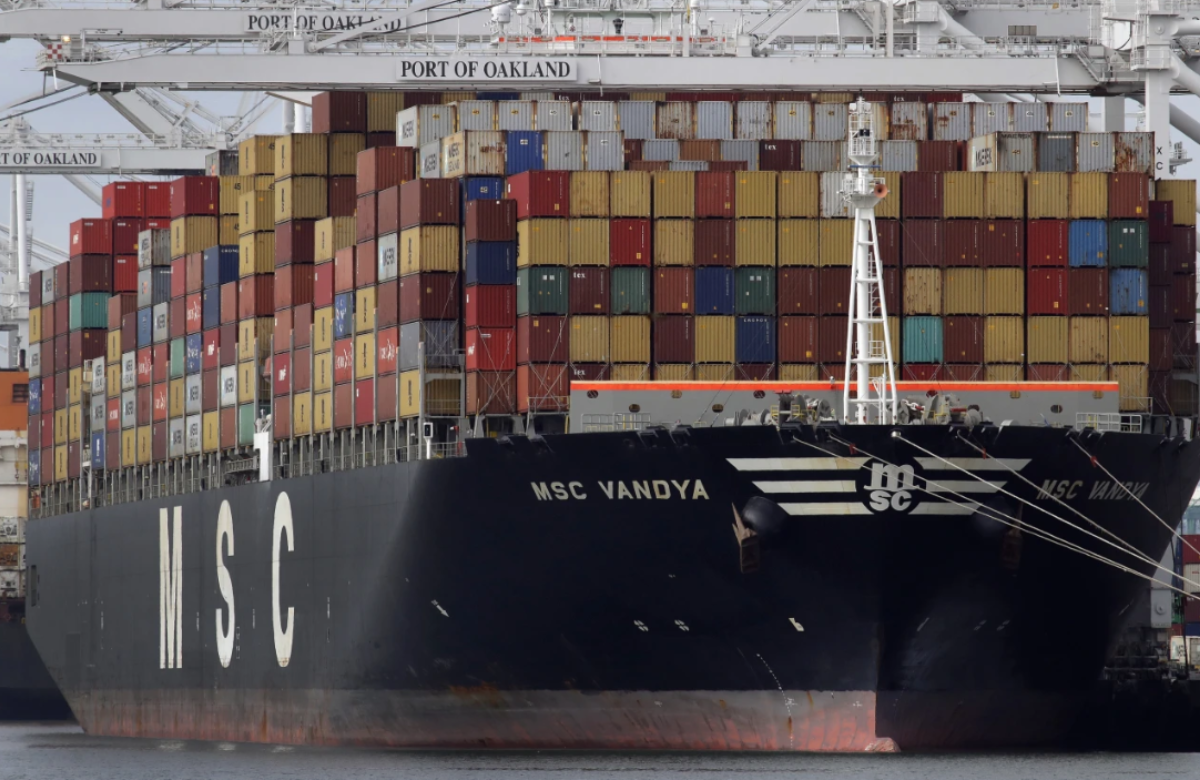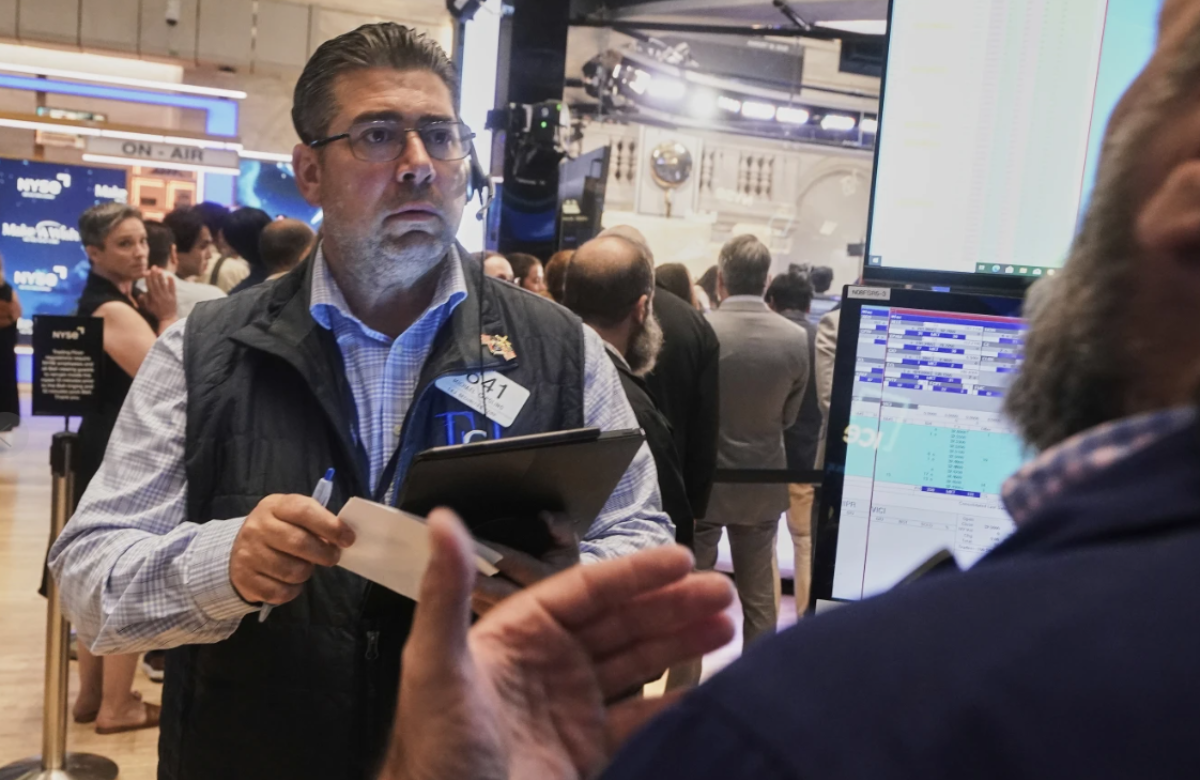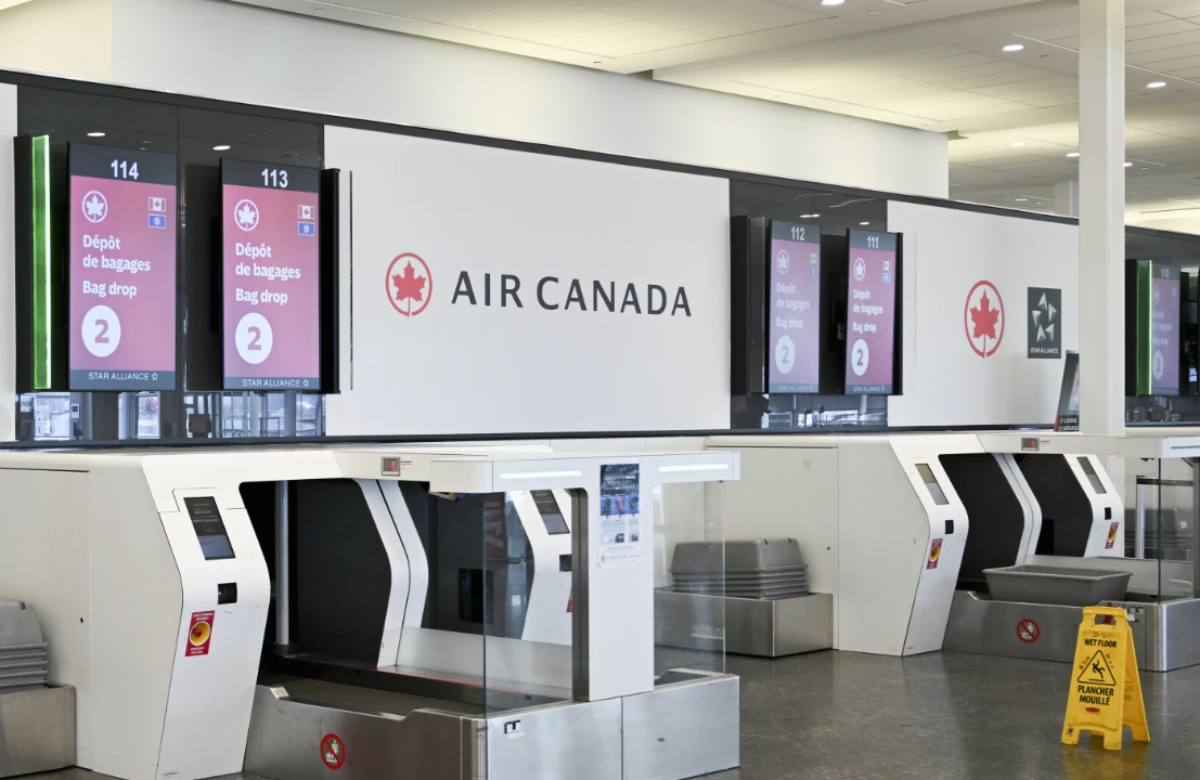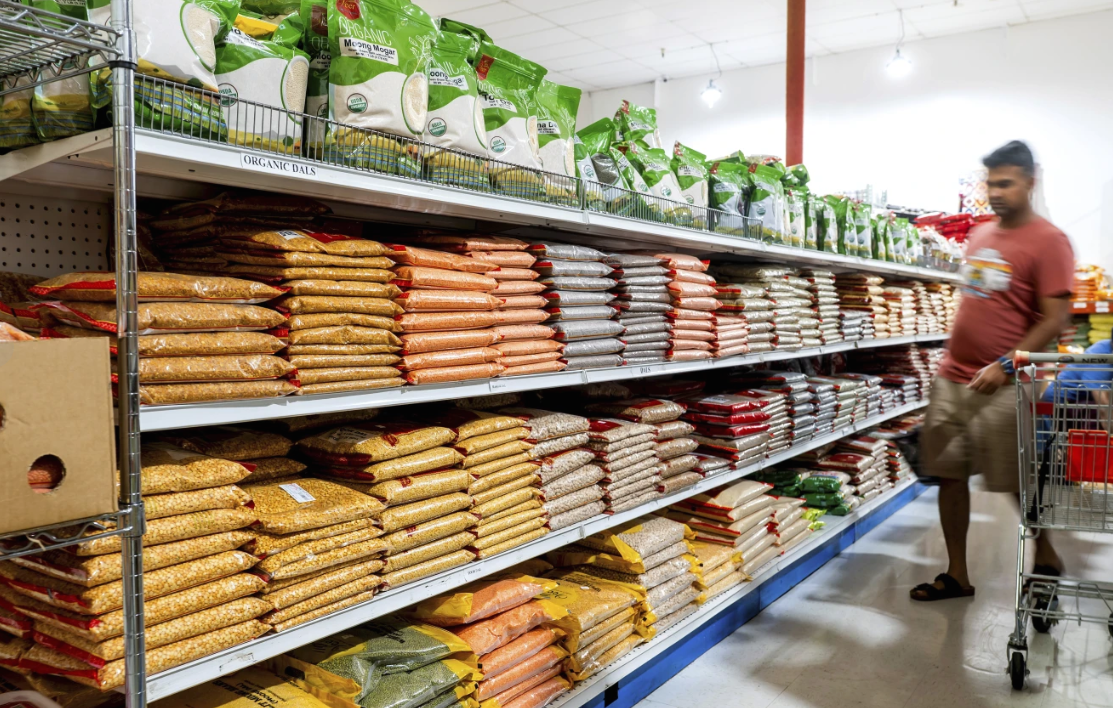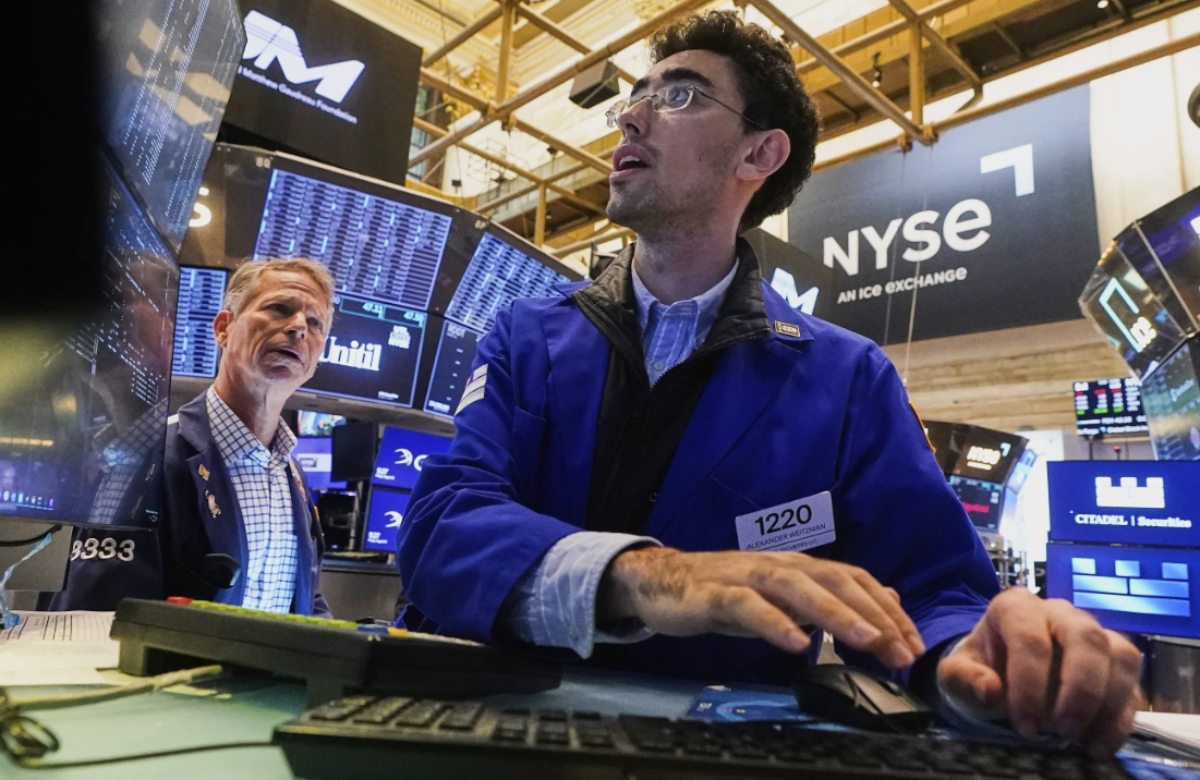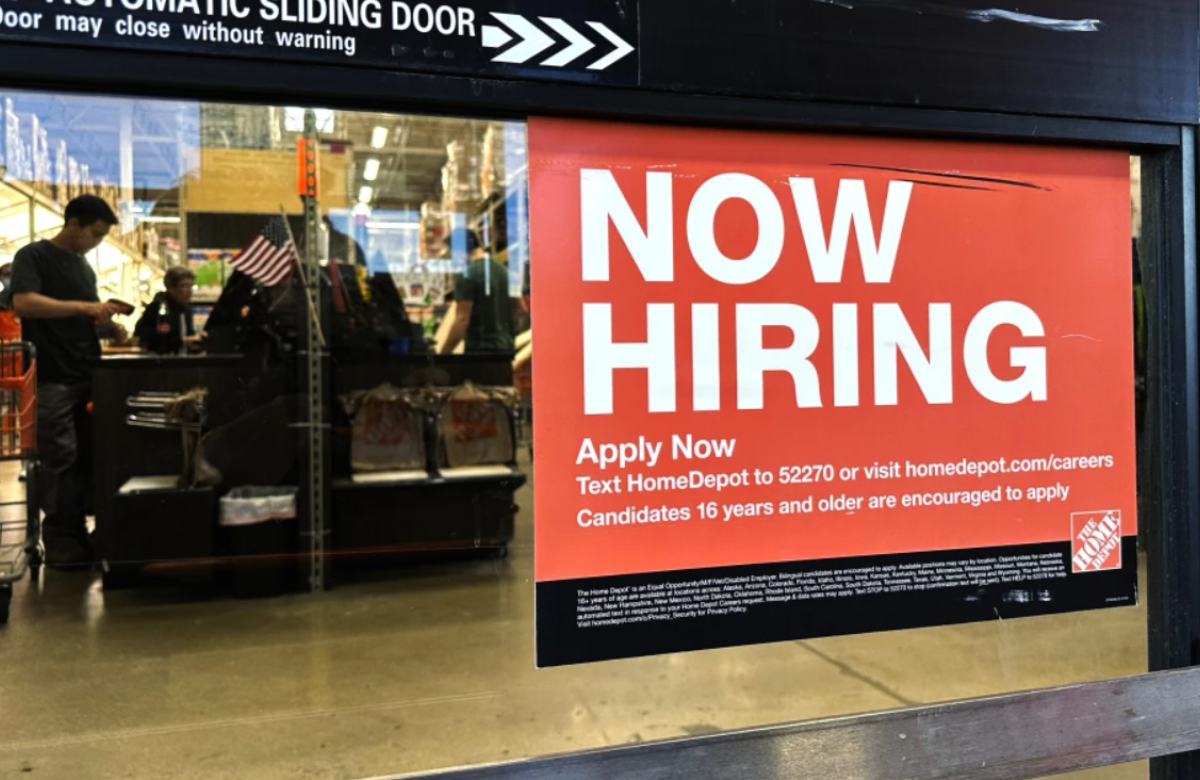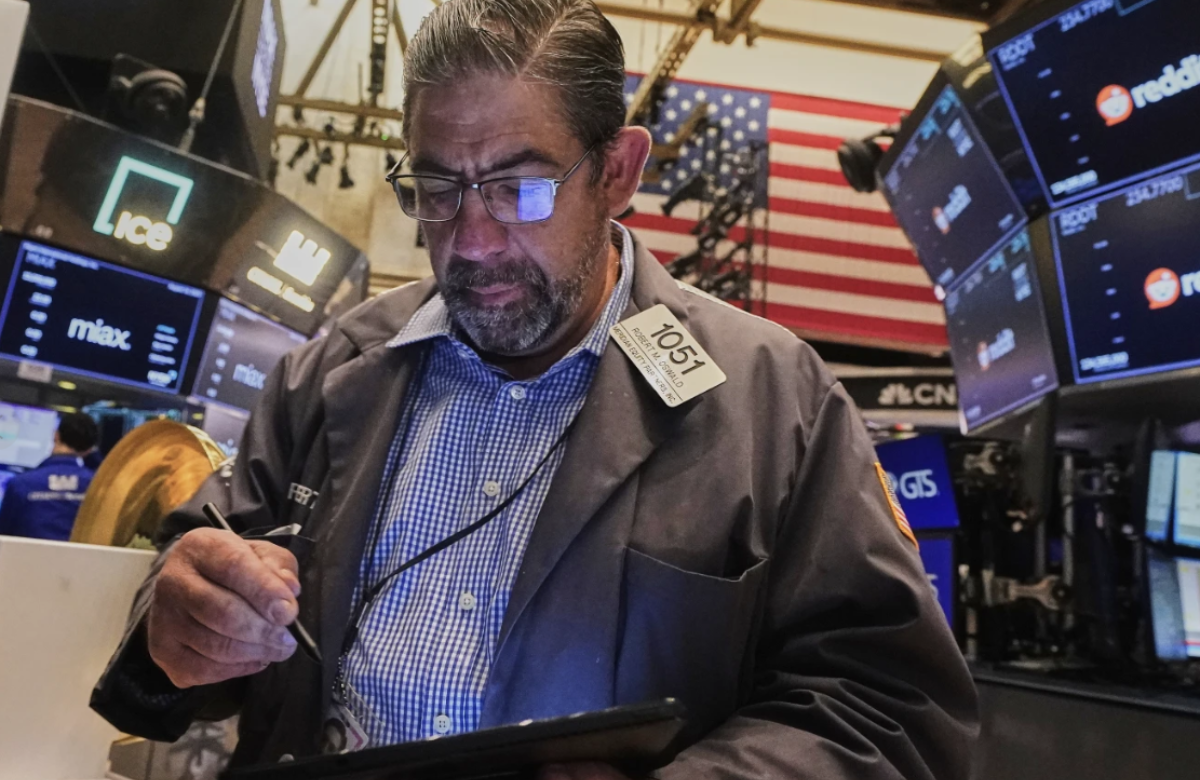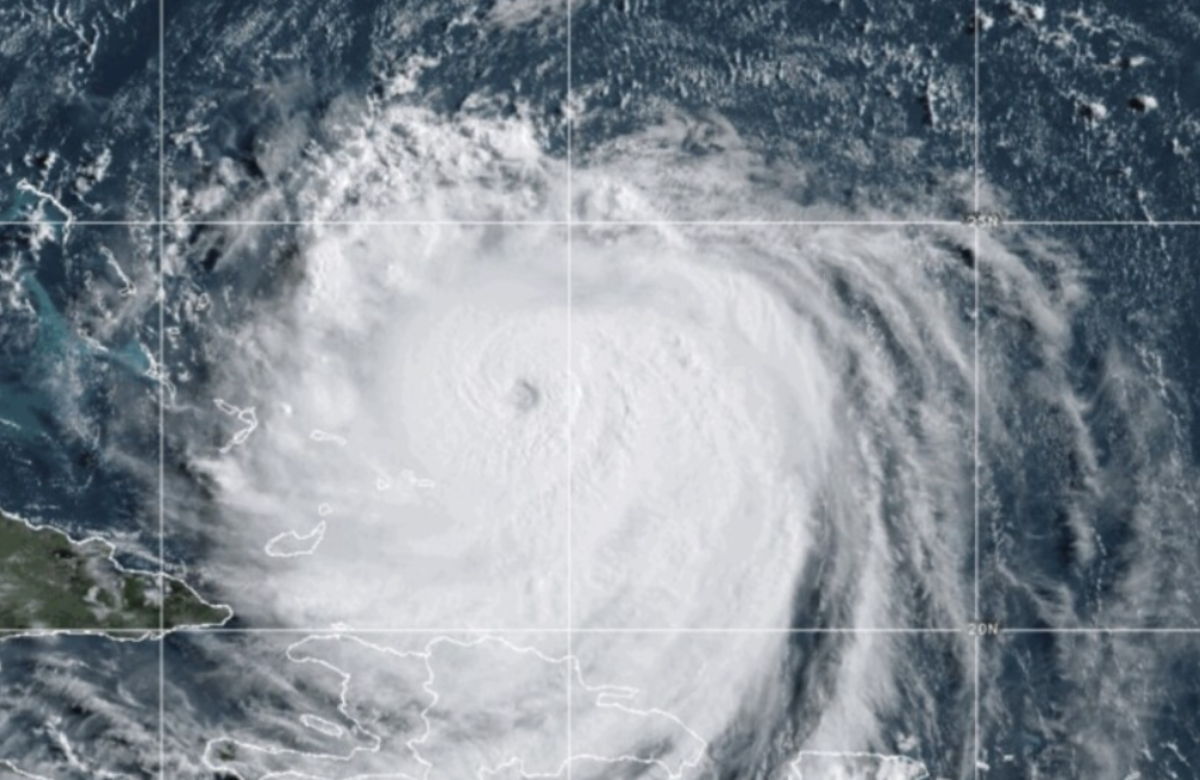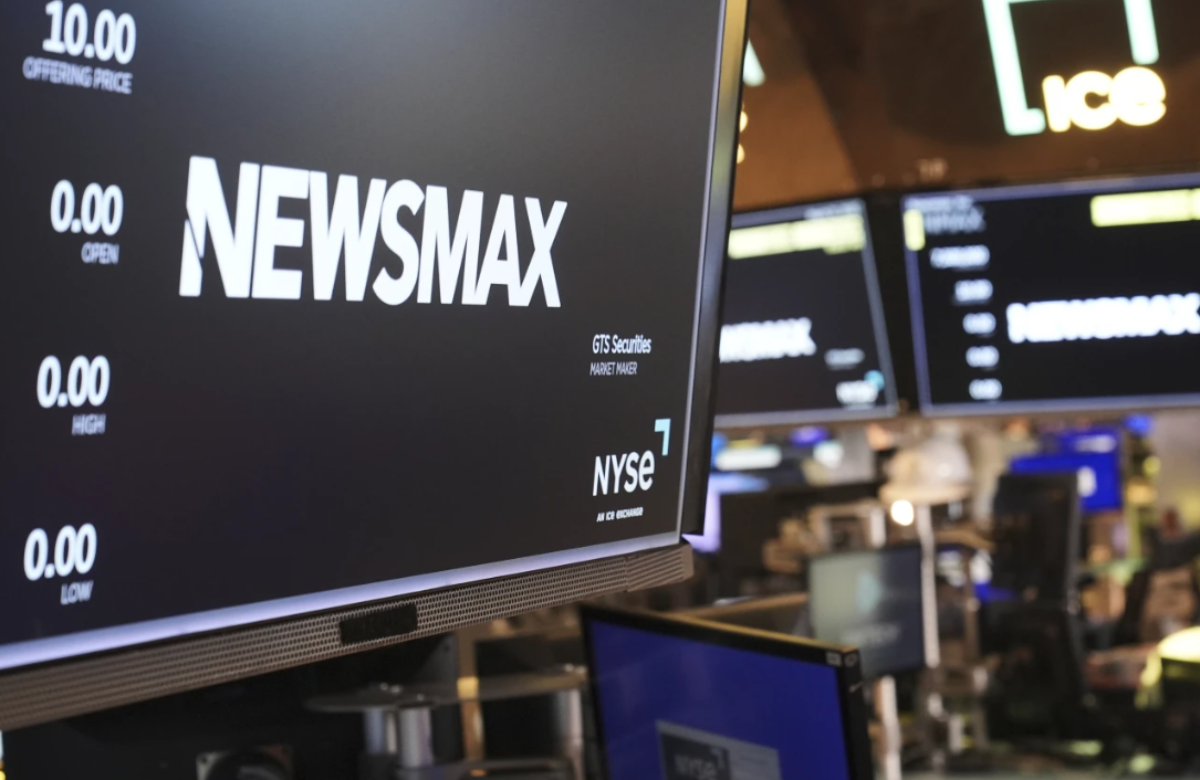Wholesale inflation in the U.S. remained flat in June, easing fears that President Donald Trump’s tariffs would drive up prices for goods before they reach consumers.
According to data released by the Labor Department on Wednesday, the producer price index (PPI) showed no change from May, after a 0.3% increase the month prior. On an annual basis, wholesale prices rose 2.3% from June 2024 — marking the smallest year-over-year increase since September. Both the monthly and yearly figures came in lower than economists had forecast.
When excluding food and energy — typically more volatile categories — core producer prices were also flat compared to May and up 2.6% over the past year.
This data followed a separate report released a day earlier, which showed consumer prices in June rose 2.7% from a year earlier. That figure represented the biggest annual increase since February, driven in part by broad tariffs implemented by President Trump, which have raised costs for goods ranging from groceries to household appliances.
Still, consumer and producer prices don’t always move in sync.
Bradley Saunders, an economist focused on North America at Capital Economics, pointed to some signs that tariffs were affecting core wholesale goods prices, which rose 0.3% in June. For example, furniture prices increased by 1% and home electronics rose by 0.8% — categories heavily reliant on imports.
Interestingly, prices for steel from domestic mills dropped by 5.5%, despite the administration’s 50% tariff on imported steel. Saunders suggested that some businesses had stocked up on goods before tariffs took effect and were still drawing from that inventory to avoid price hikes. However, he warned that those stockpiles are dwindling, and Trump’s next round of tariffs — including a 25% duty on imports from Japan and South Korea — is scheduled to begin August 1.
“We’re not in the clear yet,” Saunders wrote in a market analysis.
The report also indicated a 5.4% drop in profit margins for auto retailers, suggesting that dealerships may have been absorbing the cost of the 25% tariff on certain foreign vehicles and parts. That may help explain why new car prices declined in the consumer price report released Tuesday.
Samuel Tombs, chief U.S. economist at Pantheon Macroeconomics, noted that while dealerships have so far absorbed some of the costs, this likely won’t continue for long. “They still have room to come down further, especially after the price surge that occurred when buyers rushed to make purchases ahead of the tariffs,” he said.
Producer price data is often considered a leading indicator for consumer inflation. Economists pay particular attention to areas like healthcare and financial services, which contribute to the Federal Reserve’s preferred inflation measure — the personal consumption expenditures (PCE) index.
The current inflation landscape has roots in the post-pandemic rebound of 2021, when pent-up demand led to a sudden economic boom. This spike in activity prompted the Federal Reserve to raise interest rates 11 times across 2022 and 2023. Those rate hikes gradually helped bring inflation down from its peak.
By the following year, the Fed had eased its stance, cutting rates three times. However, in 2025, it has adopted a more cautious approach as it assesses the full impact of Trump’s escalating trade policies. Meanwhile, Trump has publicly pressured the Fed to reduce rates further — a move that many view as a challenge to the central bank’s independence.
Also Read:
U.S. Manufacturing Remains Sluggish Despite Biden’s Subsidies and Trump’s Tariffs
Wall Street Holds Close to Record Highs Amid Uncertainty Over Trump’s Tariffs
